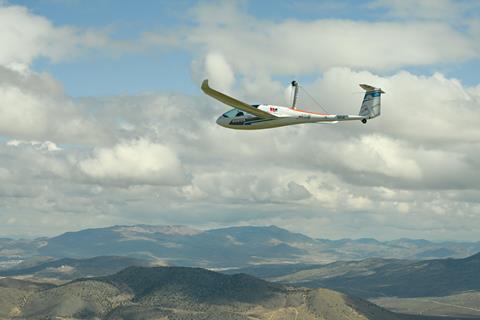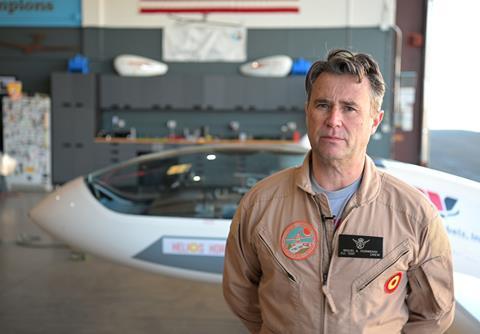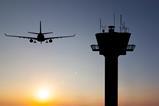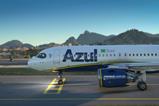Small US aerospace project Helios Horizon claims to have recently broken the record for the highest-flying multi-seat electric aircraft, which it considers a step on its journey into the stratosphere.
The company’s latest test campaign – conducted in April and May near Bishop, California – concluded with the all-electric aircraft having flown at altitudes of 17,500ft to 24,000ft. Those flights used no more than 60% of the aircraft’s total battery capacity, according to Helios Horizon.

With a ceiling of 44,000ft, Helios Horizon aims to fly higher than the maximum altitude for commercial airlines – and eventually into the stratosphere. The company hopes to pass the milestone of entering Earth’s second atmospheric layer in late 2025 or early 2026.
”Helios Horizon is the highest-flying crewed electric airplane in operation today, and it also holds the world altitude record for electric airplanes in its weight class” of less than 500kg (1,100lb), the company claims.
“We are proving that, in an apples-to-apples comparison, electric aircraft can perform as well or better than comparable fuel-burning aircraft,” says Miguel Iturmendi, Helios Horizon’s founder and chief test pilot.

Iturmendi is a veteran of well-known aerospace test programmes like the Perlan Project and Solar Impulse, and previously soared to 65,000ft in the Perlan 2 high-altitude glider. He designed the Helios Horizon aircraft around the airframe of a PIpistrel Taurus, with the team installing ”unique systems for power delivery, battery management, propulsion and thermodynamic control”. The aircraft will be modified with wing extensions for its next round of test flights.
Beyond the Florida-based company’s high-altitude flight goals, Helios Horizon also holds the lofty ambition of demonstrating the high-performance potential of electric aviation.
“As the entire aerospace industry struggles with its goals to decarbonise aviation, I hope Helios Horizon sends a clear signal that zero-emission flight doesn’t have to be an obstacle to achievement,” Iturmendi says.
“If our small team can develop an electric airplane that flies twice as high as anything comparable in size that industry has developed, what does that say about what the major aircraft manufacturers should be capable of?”
































